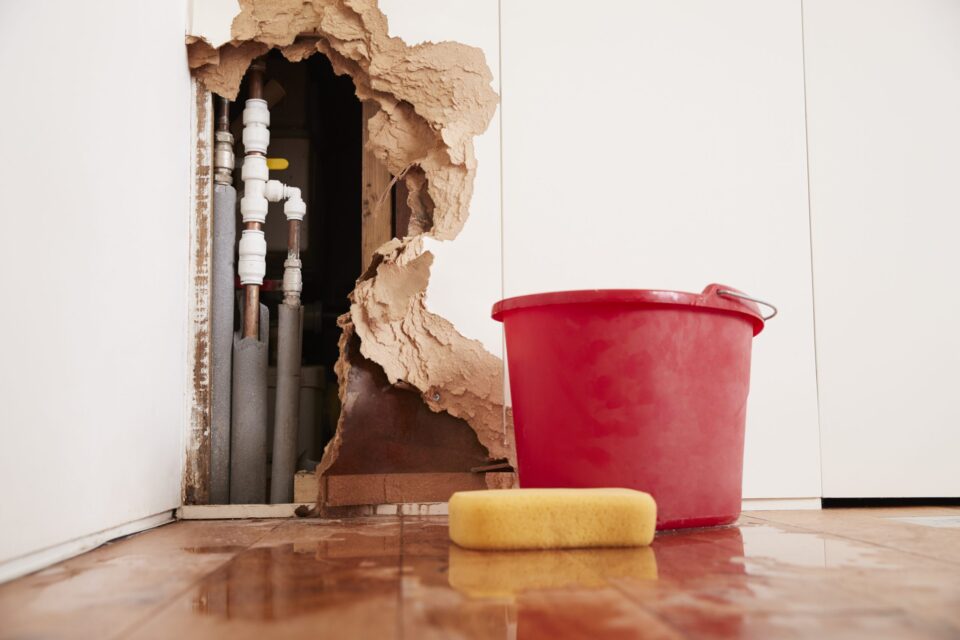When it comes to water damage restoration, the three basic kinds of water damage and how they affect the restoration process must be understood. The degree of pollution and associated health concerns vary among the categories. Knowing which categories to look for will help you take the appropriate action to properly recover your home, whether the damage is from extremely contaminated water sources or clean water leaks. Specialists can handle the problem swiftly and securely if they know the extent of the harm.
Let us explore the three main categories of water damage restoration.
Category 1 – Clean Water
Category 1 water damage includes clean water from a source without imminent health risk. This can be caused by burst water pipes, sinks spilling, or precipitation that has not combined with pollutants. Even if the water is pure, floors, walls, and furniture must be protected immediately to avoid more damage. Even clean water can harbor mold if left unchecked, which makes repair efforts more difficult. Extracting the water and completely drying the area are usually the first steps in the restoration process for Category 1.
Category 2 – Gray Water
Water in category 2, also referred to as gray water, has some amount of pollution. Dishwashers, washing machines, and toilet overflows (without solid waste) might be the source of this. Because it can include chemicals or bacteria, drinking gray water might make you sick or uncomfortable. There is more to the healing of gray water damage than merely drying. To make sure that no dangerous germs or pollutants are left, surfaces that have come into touch with the water must be cleaned and disinfected.
Category 3 – Black Water
The most hazardous kind of water damage is known as Category 3, or black water, which refers to much-polluted water that may be extremely harmful to human health. Sewage backups, river floods, and water contaminated by waste or hazardous chemicals can all fall under this category. Specialized tools and safety gear are needed to restore black water damage to safeguard the property and the restoration team. It also entails meticulous cleaning, disinfecting, and sanitizing in addition to water extraction to get rid of dangerous germs and pollutants. It is imperative to act quickly to avoid major health hazards and additional property damage.
To conclude
Knowing the three types of water damage restoration, namely, clean water, gray water, and black water, makes it easier to decide which approach is best in each circumstance. Different obstacles arise in each category, and your property’s safety and integrity are guaranteed when you take quick action to repair any harm.

